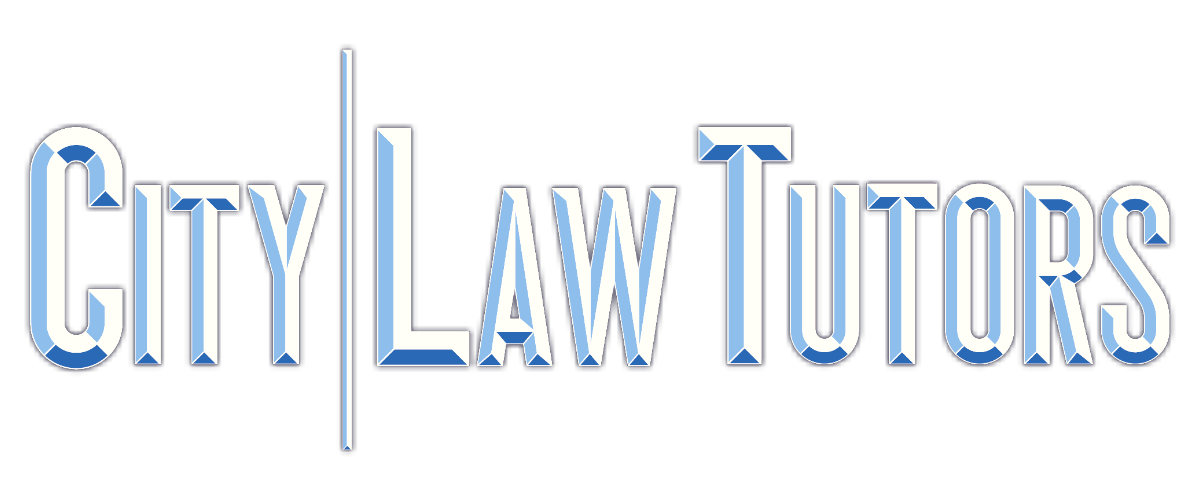Book Review for Civil Litigation Handbook
The Civil Litigation Handbook
Buckley, Law, Alanizi, Civil Litigation Handbook, (Private Law Tutor Publishing, 2022)
About The Book
Civil Litigation is one of the last courses that students will study before being qualified as a solicitor or barrister in England and Wales. Because of the complicated Civil Procedure Rules (CPR), it is a difficult, lengthy subject. Civil Procedure is the body of law that establishes the norms and standards that courts must follow while adjudicating civil actions, such as property or commercial law issues (as opposed to procedures in criminal law matters). The CPR governs how a court case or case may be initiated, what type of service of process (if any) is required, the types of pleadings or statements of case, motions or applications, and orders that are permitted in civil cases, the timing and manner in which court proceedings and discovery or disclosure are permitted, the conduct of trials, the process for obtaining a judgement, the process for post-trial procedures, the various available remedies, and the manner in which the courts, clerks, lawyers and the parties must function.
Essentially, the Civil Litigation Handbook serves as a manual or companion to the White Book. Civil litigation is dealt within the White Book, which contains legal sources surrounding the practice and procedures of the High Court and county courts subject to the CPR. This is supplemented by substantial and comprehensive expert commentary on the sources of law contained in the White Book.
The Layout of the Book
The Handbook explains the CPR, which are required for the Bar exam's knowledge-based multiple-choice questions (as well as application-based short-response questions). This is especially helpful now that the manner Civil Litigation is taught in the Bar Course has changed. As opposed to a once comprehensive list of lecture notes, students are now given a reading list of appropriate chapters and White Book rules to read, and there is no one book that covers the full curriculum. This shift occurs in response to concerns about the civil justice system's "failure." It is sometimes said that the courts are too sluggish, costly, difficult, and combative to provide litigants what they seek.
How to use the White Book (Law)
When you open a chapter of this handbook, you will see that it includes one or more CPR rules and laws that may be investigated. The book also contains key case notes and summaries of noteworthy points of law that are found in the relevant white book commentary paragraphs, which act as guidance for reading the white book commentary as well as the rules themselves. The editors are law tutors who have underlined and emphasised what they teach and believe is vital, such as which portions of the CPR Rules are crucial and how to form tests for various applications. in a way the nabook is an accompliamnet to the White Books and shows studnets how to how to use the white book in law.
What We Liked
Private Law Tutor Publishing have presented a book which is well-structured and presented, and it does not neglect to emphasise important procedural parts of the CPR procedure while also giving useful practical recommendations. The book is good for students undertaking the Bar Course or Exams, and it comes at a time when the BSB only provides an outline of reading required. To many students, without suitable guidance and summaries on points of law, it is all too easy to get lost in the sea of civil litigation readings required in the syllabus. The book is supportive of that because it is organised and structured in such a way that it allows students to comprehend the practical consequences of what they have learned on their course.
The Handbook equips students with notes to help digest the key rules and practical implementation of the rules which are needed to understand civil litigation as a subject and in practice. The knowledge students will acquire from this book is knowledge that will be needed both during practical legal training and in practice for the first and second six months of a pupillage.
Similarly to the syllabus, the chapters are separated into subheadings that correspond to the subject matter that may be assessed in the exam. In order to ensure that you are completely prepared for the 2022 Civil Litigation or Dispute Resolution MCQ exam, an additional conclusion of each chapter tracks your progress through the syllabus subjects. This allows you to be completely certain that you have covered everything necessary to be fully prepared for the 2022 exam.
What We Disliked
The book is well structured, approachable and concisely deals with the areas of law required for exam preparation and consolidation of syllabus readings. To that end, we would have liked to have seen sample Single Best Answer (SBA) questions in order to help even more with exam preparation. Perhaps a collection of exam questions at the end of the relevant chapters would have been a welcome addition, or a possible future publication of a civil litigation exam workbook. Additionally, more detail on some of the white book commentary paragraphs would have been ideal.
Final Word
This is an excellent, approachable and concise book which would benefit any civil litigation student. It is ideal as a reference guide for readings on the bar course, as a revision guide and for student to check their progress and understanding in the subject. We can imagine that it would be incredibly useful as a recap for those at the bar during their first or second six of pupillage, and we are most grateful for the release of the Civil Litigation Handbook.
Rating
9/10

